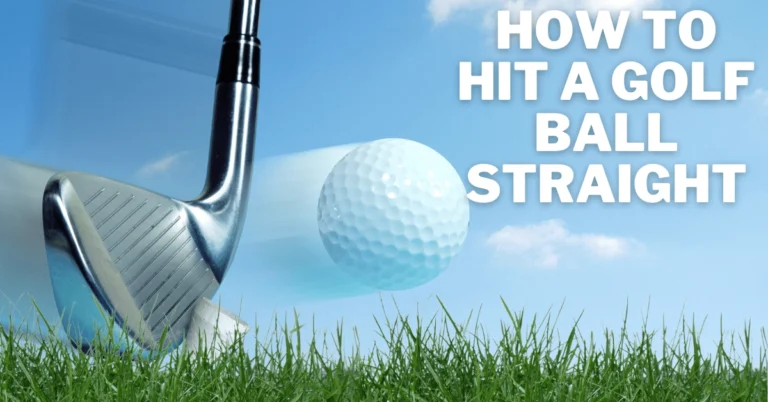How Many Dimples Are on a Golf Ball?
Golf balls have long been a focal point of discussion in the golfing community, with every aspect of their design contributing to the performance of the game. One of the most distinctive features of a golf ball is its dimples. But how many dimples are on a golf ball, and why are they so crucial? This article will explore the science, history, and various factors surrounding golf ball dimples, shedding light on the impact they have on performance, and providing golfers with helpful insights into choosing the right ball.
History of Dimples on Golf Balls
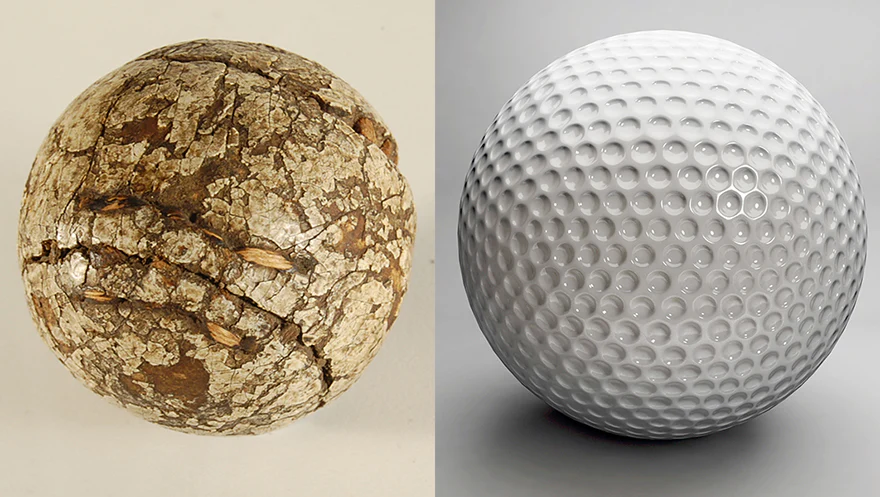
The evolution of golf balls has been an interesting journey, from smooth, wooden balls to the high-performance dimpled designs used today. In the early years of golf, balls were crafted from wood or leather and filled with feathers, often resulting in irregular, unpredictable flight paths. By the mid-1800s, golf balls began to be made from rubber, which led to the development of the first dimpled golf balls.
The concept of dimples was likely discovered by accident. Golfers noticed that older, well-worn balls with nicks and scuff marks tended to travel further than new, smooth ones. This observation spurred experimentation with dimple patterns, with the first officially patentable dimpled ball emerging in 1905. Over the years, golf ball manufacturers began to fine-tune the number and design of dimples to enhance their performance.
The Science Behind Dimples
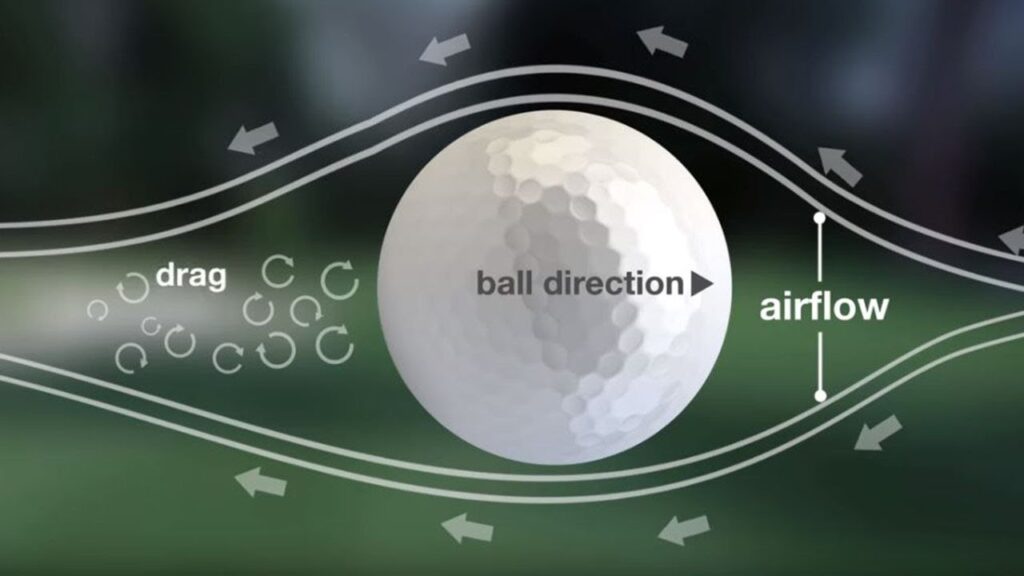
The purpose of dimples on a golf ball is not just for looks. Dimples play a critical role in the aerodynamics of the ball, affecting both lift and drag. Let’s break this down:
Lift and Drag: What’s the Difference?
When a golf ball is hit, it travels through the air. A smooth ball experiences a large turbulent wake behind it, which creates drag, slowing it down. The dimples on a golf ball, however, disturb the airflow around the ball. This disturbance causes the air to stick to the surface longer, creating a smaller wake and reducing drag. The result? A ball that can fly further.
The Role of Lift
Dimples also contribute to lift. As the ball spins, the dimples help the air flow more efficiently around the ball, generating a higher pressure above it and a lower pressure below it. This difference in pressure helps lift the ball into the air. Essentially, dimples reduce drag and increase lift, which can contribute to longer, more accurate shots.
Dimple Counts Across Brands
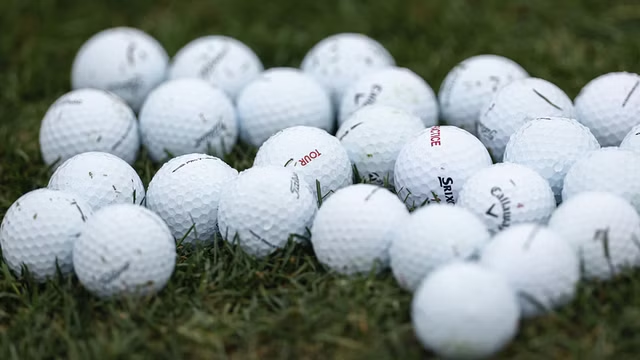
You may be wondering how many dimples are on a golf ball across different brands. The answer varies, as golf ball manufacturers design their dimples differently to achieve specific performance characteristics.
Titleist
Titleist, known for its premium quality balls, typically features 352 to 392 dimples, depending on the model. The Titleist Pro V1, one of the most popular golf balls in the world, features 388 dimples. The specific number is designed to optimize ball flight and control.
Callaway
Callaway is another leading manufacturer in the golf ball industry. Their Chrome Soft ball, for example, has 332 dimples. Callaway’s dimple pattern is engineered to improve launch conditions, spin control, and ball speed for a wider range of golfers.
Bridgestone
Bridgestone’s golf balls tend to have a slightly higher dimple count. Their Tour B XS model, for instance, features 338 dimples. Bridgestone focuses on creating a golf ball that provides consistency and distance, and their dimples are designed to minimize the impact of weather conditions on ball performance.
Shape and Size of Dimples

Dimples aren’t all created equal. The shape and size of the dimples can have a significant impact on how a golf ball performs.
Circular vs. Hexagonal Dimples
Most golf balls feature circular dimples, as they are easier to manufacture and provide a consistent performance. However, some manufacturers have explored alternative shapes, like hexagonal dimples, to experiment with aerodynamics. Hexagonal dimples may create a slightly different airflow pattern, affecting lift and drag in a way that’s still being studied.
Large vs. Small Dimples
The size of the dimples on a golf ball also plays a role in its performance. Generally, larger dimples increase lift and are used to enhance flight stability, while smaller dimples tend to reduce drag. The choice of dimple size often depends on the golf ball’s intended purpose and the type of player it’s designed for.
Impact on Flight and Distance
Dimples directly influence how a golf ball flies through the air, contributing to its distance, trajectory, and spin. When dimples are designed properly, they can enhance performance in several ways:
Increased Distance
The most significant benefit of dimples is increased distance. By reducing drag, dimples allow the ball to maintain speed over longer distances. Players who need extra yardage from their shots can benefit from using a ball with an optimized dimple pattern.
Spin Control
Dimples also affect how much spin a ball can generate. A golf ball with a well-designed dimple pattern allows for greater spin, especially with short game shots. The dimples help the ball grab the clubface and create the necessary friction to spin effectively.
Trajectory and Stability
The dimples on a golf ball can help stabilize its flight path. A consistent and stable trajectory leads to more accurate shots, especially in windy conditions. Golfers who frequently play in challenging weather will notice the difference that dimples can make.
Historical vs. Modern Golf Balls
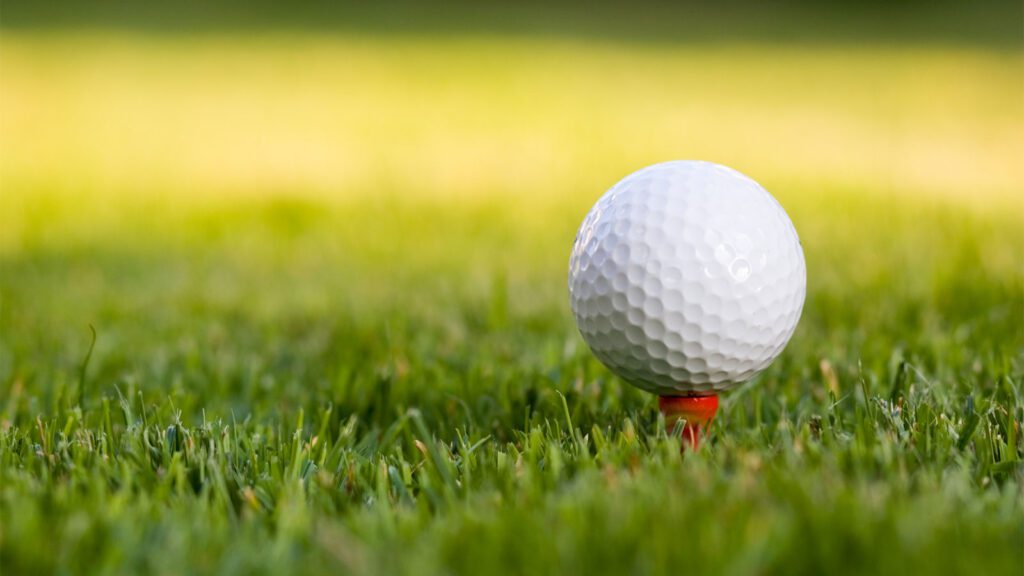
Before dimples were introduced, golf balls were often smooth, and their performance was unpredictable. Early golf balls, such as the “feathery” balls used in the 17th century, were made of leather and filled with feathers. They flew erratically and didn’t have the precision that modern players expect.
In comparison, modern golf balls are carefully engineered for performance. With the advent of dimples and other design improvements, today’s golf balls travel farther, are more accurate, and provide better control over spin. This difference highlights the incredible progress made in golf ball technology and its impact on the game.
Unique Dimple Innovations
Some golf ball manufacturers have developed innovative dimple patterns to enhance ball performance. For example, Srixon introduced their “Speed Dimples” in their Z-Star series, which feature a unique pattern that promotes faster ball speeds and greater distance. Other brands, like TaylorMade, have experimented with a mix of shallow and deep dimples to achieve a more versatile ball for various swing types.
Each manufacturer’s approach to dimples reflects their commitment to fine-tuning golf ball technology to suit different playing styles and conditions.
Choosing the Right Golf Ball
Now that we’ve explored how many dimples are on a golf ball and their importance, how should you choose the right golf ball for your game? Here are some tips:
- Consider your swing speed: Golf balls with more dimples can generate higher lift and spin, but if you have a slower swing, a ball with fewer dimples may help with distance.
- Check the dimple pattern: Look for balls designed with a dimple pattern suited to your style of play. Some patterns are optimized for distance, while others focus on control and spin.
- Test different brands: Each golf ball brand has a unique design philosophy, so it’s essential to try different ones and see which one suits you best.
Personal Experience with Dimples
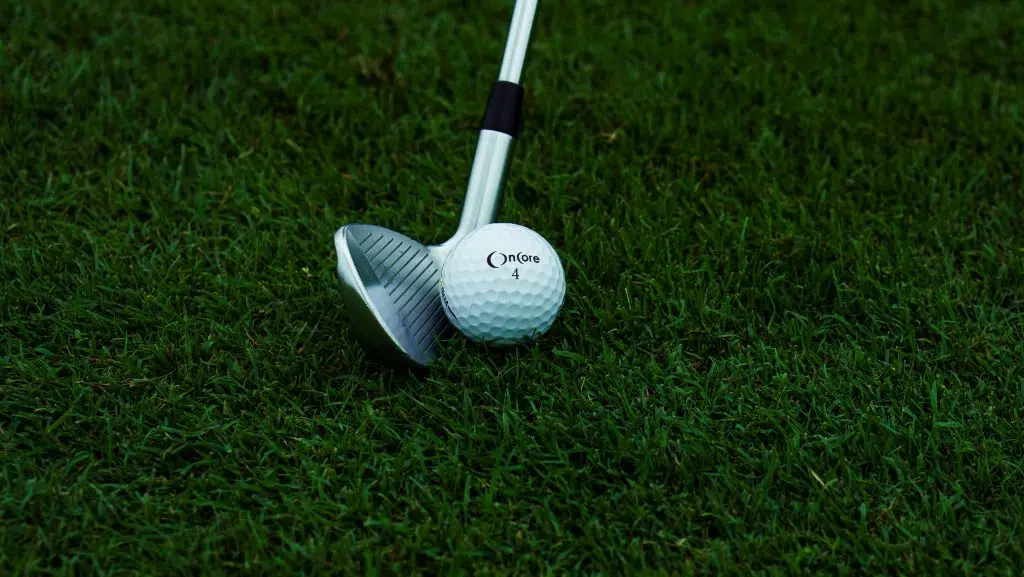
In my personal experience, using different golf balls with varying dimple patterns has made a noticeable difference in my game. For example, when I used a Titleist Pro V1 with 388 dimples, I immediately noticed a more stable trajectory and greater control around the greens. Meanwhile, a Callaway Chrome Soft with fewer dimples helped me achieve a slightly longer distance, particularly on drives.
Ultimately, the right golf ball for you depends on your personal preferences, swing mechanics, and playing conditions.
Conclusion
Understanding how many dimples are on a golf ball and the science behind their design can help you make more informed decisions when selecting a golf ball. From the history of dimples to the modern innovations in dimple patterns, it’s clear that these tiny features play a big role in a golf ball’s performance. Whether you’re looking for distance, spin control, or overall stability, choosing the right ball can make all the difference in your game.
FAQs About Golf Ball Dimples
Why do golf balls have dimples?
Ans: Dimples reduce drag and increase lift, helping the ball travel farther and with more stability.
Do more dimples mean better performance?
Ans: Not necessarily. While more dimples can reduce drag and increase lift, the pattern and size of the dimples are just as important as the number.
What is the average dimple count on a golf ball?
Ans: The average dimple count on a golf ball ranges from 300 to 400 dimples, depending on the manufacturer.


